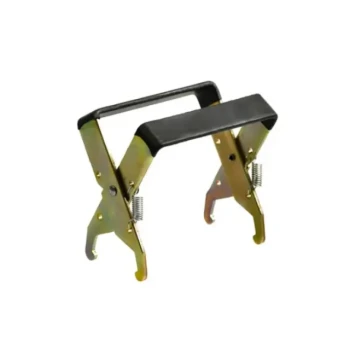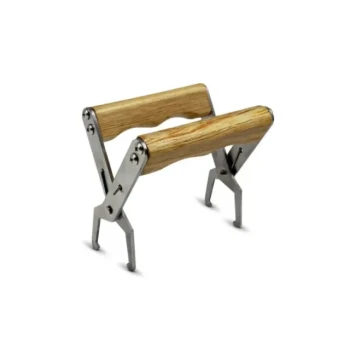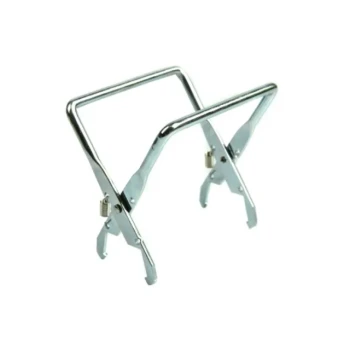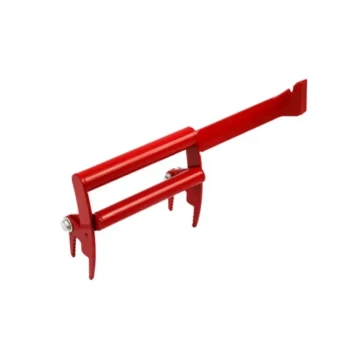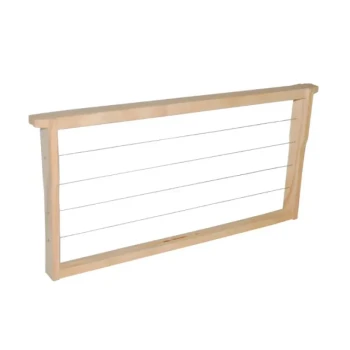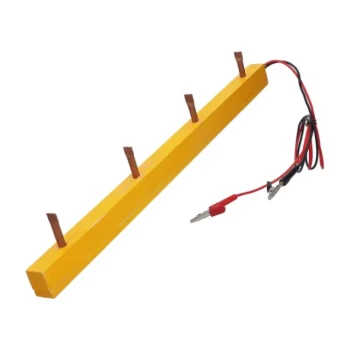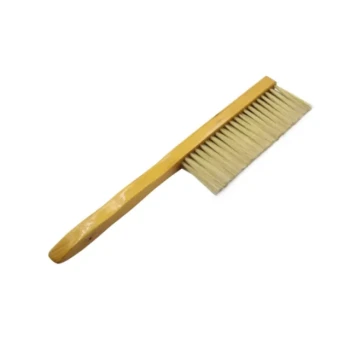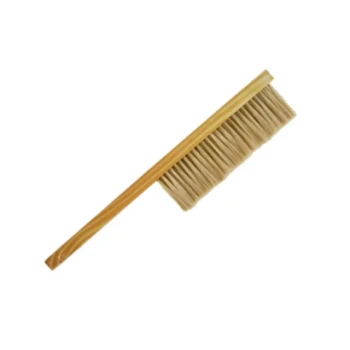Yes, plastic bee frames work effectively, but they are not a simple drop-in replacement for traditional wood. Their success hinges entirely on proper preparation, as bees will not naturally accept a plain plastic surface. You must coat them with a layer of real beeswax to encourage the colony to build comb on them.
While plastic frames offer beekeepers significant advantages in durability, efficiency, and pest resistance, they represent an unnatural material for bees. The key to making them work is bridging this gap by applying a thorough coating of beeswax, which encourages acceptance and use by the colony.
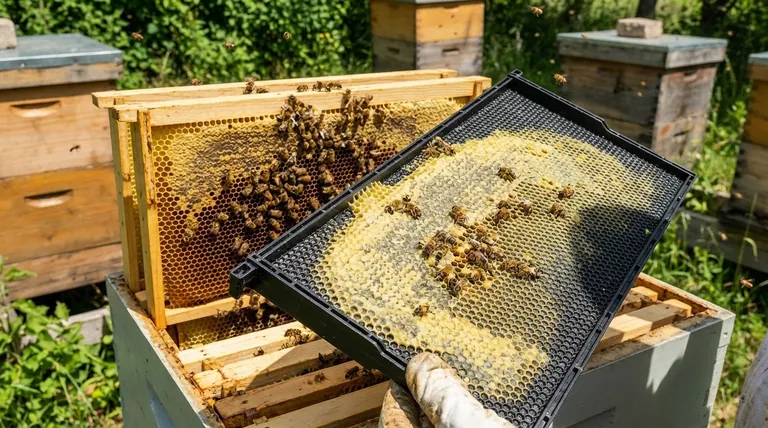
The Beekeeper's Case for Plastic Frames
For the person managing the hive, plastic frames solve several long-standing challenges associated with traditional wooden frames. The benefits focus on reducing labor and increasing the equipment's lifespan.
Unmatched Durability and Longevity
Plastic frames are exceptionally robust. They do not rot, warp, or deteriorate from moisture like wooden frames can over time.
This durability also makes them highly resistant to pests like wax moths, which can burrow into and destroy wooden components. While the initial investment may be higher, a single plastic frame can outlive many wooden ones.
A Significant Reduction in Labor
Perhaps the biggest advantage is convenience. Plastic frames typically come as a single, pre-molded piece with the foundation pattern built-in.
This eliminates the time-consuming tasks of assembling wooden frame parts, wiring them for stability, and embedding a separate wax foundation sheet.
Efficiency in Handling
Plastic frames are often lighter than their wooden counterparts, making them easier to lift and manipulate, especially when a hive box is heavy with honey. Their rigidity also makes them less prone to breaking during honey extraction.
The Bee's Perspective on Plastic
While convenient for the beekeeper, plastic is an alien material to a honeybee colony. Understanding their natural instinct is critical to successfully using plastic frames.
The Problem of Unnatural Material
Bees are hardwired to work with wax, a substance they produce themselves. They find the smooth, non-porous surface of raw plastic completely unsuitable for building their intricate comb.
If given a choice between an uncoated plastic frame and a traditional wood-and-wax frame, a colony will almost always choose the natural wax option.
The Critical Role of a Beeswax Coating
To make plastic frames viable, you must coat the foundation area with melted beeswax. This simple step is non-negotiable.
The layer of real wax provides a familiar scent and texture, signaling to the bees that the surface is a suitable place to begin drawing out their comb. Most manufacturers sell new plastic frames with a light factory coating, but many experienced beekeepers add an extra layer themselves.
Understanding the Trade-offs
The decision between plastic and wood is not about which is definitively "better," but which set of compromises aligns with your beekeeping goals and philosophies.
Initial Cost vs. Long-Term Value
Plastic frames can have a higher upfront cost per unit compared to unassembled wooden frames.
However, their extended lifespan and resistance to damage often make them more cost-effective over the long term, as you will replace them far less frequently.
Beekeeper Convenience vs. Bee Preference
This is the central trade-off. Plastic offers maximum convenience, durability, and efficiency for the beekeeper.
Wood and wax foundation provide an environment that is more natural and readily accepted by the bees. Your choice depends on how you weigh these two priorities.
It's Not a Permanent Decision
You are not locked into one type of frame forever. Many beekeepers use a mixture of both plastic and wooden frames within the same hive or apiary.
This allows you to experiment and see what works best for your specific bees and your management style before committing fully to one system.
Making the Right Choice for Your Apiary
To make a final decision, consider what you want to optimize for in your beekeeping practice.
- If your primary focus is minimizing labor and long-term equipment costs: Plastic frames are an excellent choice, provided you diligently coat them in beeswax to ensure acceptance.
- If your primary focus is creating the most natural hive environment possible: Traditional wooden frames with 100% natural beeswax foundation remain the superior option.
- If you are new or uncertain: Start with a mix of both frame types in your hives to directly compare bee acceptance and your own ease of handling.
Ultimately, the best frame is one that is well-managed and helps your colony thrive.
Summary Table:
| Feature | Plastic Frames | Wooden Frames |
|---|---|---|
| Durability | High (won't rot or warp) | Lower (can deteriorate) |
| Pest Resistance | High (wax moth resistant) | Lower (susceptible) |
| Labor Required | Low (pre-assembled) | High (assembly & wiring) |
| Bee Acceptance | Requires beeswax coating | High (natural material) |
| Long-Term Cost | Cost-effective | Lower initial, higher replacement |
Ready to optimize your apiary's efficiency and durability?
At HONESTBEE, we supply high-quality beekeeping supplies, including durable plastic and traditional wooden frames, to commercial apiaries and equipment distributors. Our wholesale-focused operations ensure you get the reliable equipment you need to help your colonies thrive.
Contact us today to discuss your needs and discover how our solutions can benefit your operation.
Visual Guide

Related Products
- Plastic Bee Frame Beekeeping Hive Frames for Wholesale
- Food Grade Plastic bee Foundation for Bee Frames
- Durable Rubberized Comfort Handle Frame Grip
- Premium Frame Grip with Ergonomic Wood Handles
- Durable Galvanized Steel Frame Grip
People Also Ask
- Are plastic bee hive frames good? A Guide to Modern Durability vs. Natural Appeal
- Can you boil plastic bee frames? Avoid This Costly Mistake and Protect Your Hive
- Why are plastic frames popular in commercial beekeeping? Boost Efficiency & Durability at Scale
- Can beekeepers switch between wooden and plastic frames? Optimize Your Hive's Performance
- What are the differences between wooden and plastic frames in beehives? Choose the Best for Your Apiary


